Please visit Marketing Land for the full article.

Online Marketing News

Please visit Marketing Land for the full article.

Please visit Marketing Land for the full article.

The post Why call tracking helps improve PPC lead generation account performance appeared first on Search Engine Land.
Please visit Search Engine Land for the full article.
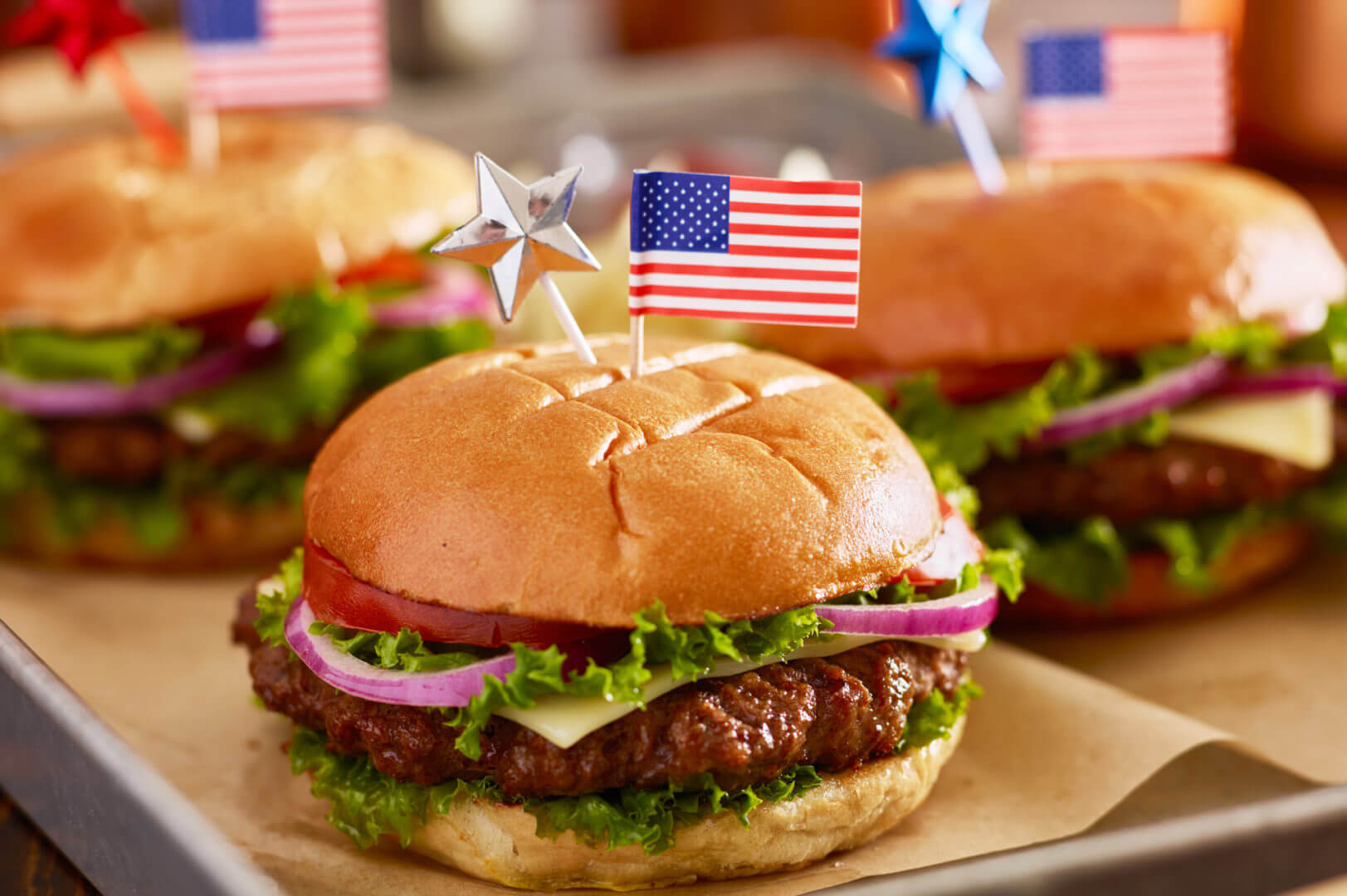
Please visit Marketing Land for the full article.

The post Authority & link building with real-time Penguin appeared first on Search Engine Land.
Please visit Search Engine Land for the full article.
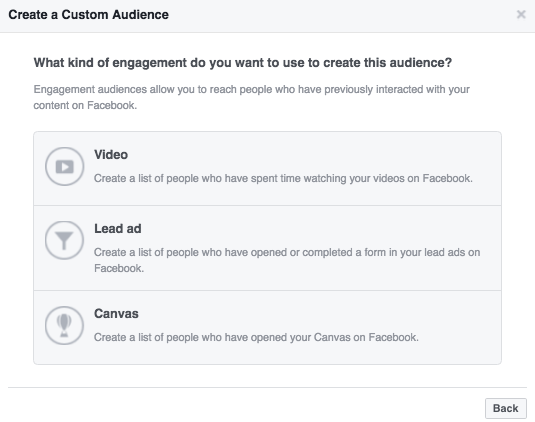
There’s a new reason to start cranking out quality content, folks. Facebook appears to be close to launching a brand new targeting method, one that will allow advertisers to target users who share your on-site content on Facebook.
Yesterday, Facebook advertising wunderkind Jon Loomer blogged about his experience with this new custom audience. It appeared randomly and disappeared soon thereafter:

Normal Custom Audience Options – Engagement

Jon Loomer’s Options
This means advertisers who allow site visitors to share content on Facebook through the use of on-site plugins will have the ability to target an incredibly valuable audience: brand evangelists.
According to Loomer, the feature (in its current form, at least) allows for an audience duration of up to 30 days and lets advertisers create new audiences based on people who either share a specific URL, group of URLs, or, more generally, anything from your site to Facebook. The combination of duration and ability to target users based on exactly what they shared means you can create really granular audiences (which translate to better Lookalikes).
For small businesses with little content or relatively sparse engagement, this feature might not seem exciting. If you’re in this camp, get motivated: let the fact that the Link Sharing feature seems to have faded into the ether (for now!) serve as a kick in the pants. Start putting a content plan together and make sure you give your audience the ability to share the valuable, engaging, entertaining resources you create with their friends.
For those of you creating and sharing incredible stuff daily, this new custom audience represents a way for you to blend your content and paid social marketing strategies in a mutually beneficial way.

This is pretty obvious: you’ve got a new way to serve ads to the people who value what you say or do enough to share it with their network of followers and friends.
By creating an ad set in which you target an audience of those who share your posts to Facebook, but negate previous converters, you can market to a subset of individuals who identify with your brand but haven’t pulled the trigger.
In a broader sense, while the link share audiences will be small, the ability to create Lookalikes of the people who promote specific posts could serve as a useful strategy for introducing new prospects to your brand.
***
The addition of Link Sharing within the “Engagements on Facebook” subset of custom audience parameters adds even more incentive to create amazing content. It also represents an intersection of two major marketing channels: on-site content creation and paid social. If Facebook is experimenting with new ways for advertisers to blend thought leadership and paid efforts, who knows what else could be on the horizon…
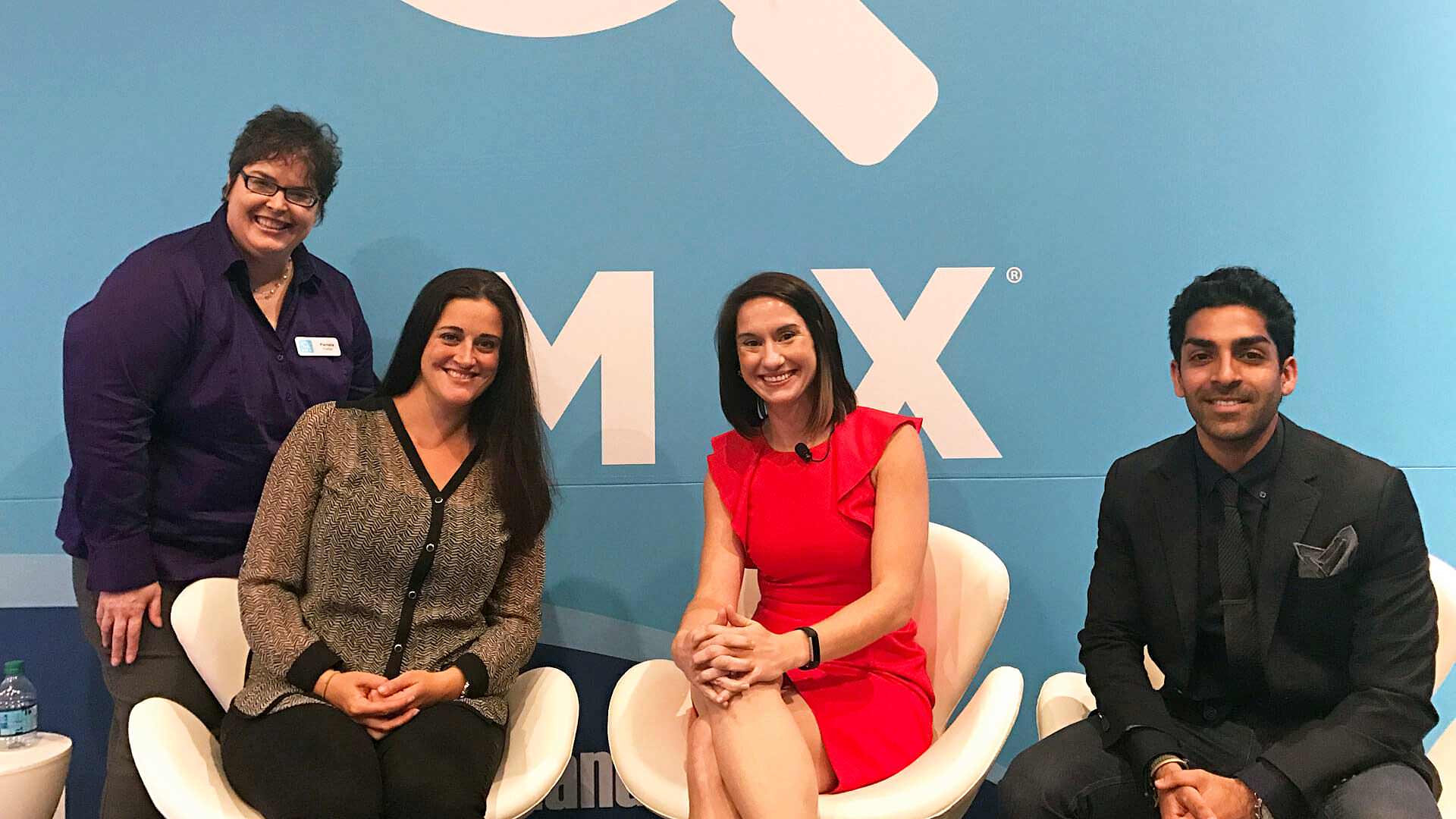
Please visit Marketing Land for the full article.

Please visit Marketing Land for the full article.
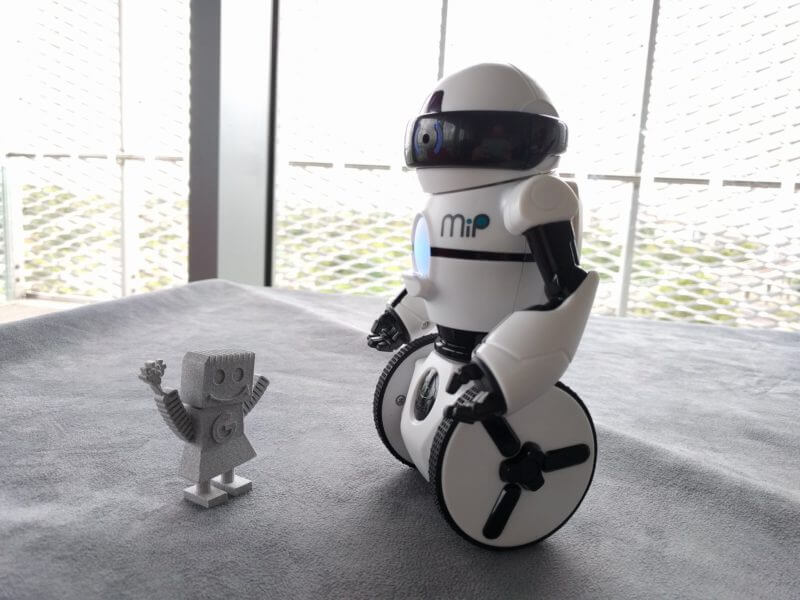
Please visit Search Engine Land for the full article.

When it comes to landing pages, we’ve covered which headline formulas work best and what CTA features motivate the most people.
But the images you use on your landing pages are the next critical component to nailing down landing page best practices.

Why?
Landing page images have been shown by numerous studies over the past few years to either enhance readers’ experience on the page, or distract them from the task at hand.
That means they can increase your conversion rates to improve results exponentially, or potentially cause serious damage.
Here’s a quick rundown, backed by data, of what elements the best-performing landing page images incldue.
When in doubt, use a human’s face.
Research studies have shown, time and time again, that images of human faces can increase the trust and overall first impression a visitor has on a site.
Visual Website Optimizer proved this with a simple A/B test to see the difference in conversions. MedaliaArt (obviously an art store) ran a simple A/B test to compare the “engagement results” (defined as a click – or not a bounce) between an image featuring an artist’s actual paintings vs. those with an image of the artist.
First, the control:

And the new variation featuring human faces:

The results showed a 95% conversion rate increase (statistically significant) when using the artists’ photos – in other words, almost twice as many people clicked through to view more.
It was simple, and effective.
However…not just any photos of humans will do. For example, there’s a BIG difference between generic, stock looking photos and more realistic ones.
Here’s why.
86% of your consumers are banner blind today. The other ~14%?
They probably have ad blocking software enabled, as their use has quadrupled over the past few years according to the MIT Technology Review.

Even worse, many image-based display ads only post a ~1% average click through rate.
The lesson? Consumers have been conditioned to completely ignore anything that resembles an ad on websites.
That’s an issue for your landing pages, which commonly run into the same problems.
For example, the Nielson Norman Group has conducted eye tracking studies to determine which types of images work best. And they found out that there are big differences in how photos of real people are viewed. Some are “treated as content” and “scrutinized” longer. While others that tend to be “decorative” are completely ignored.
On the plus side, they saw a 10% greater viewing time on Freshbooks’ team page photos (as opposed to the bio information).
On the flip side, the Nielson Norman Group found one image on the Yale School of Management page was completely ignored.
![]()
These results were somewhat surprising, as the image above actually does feature real people. However the result, and the somewhat irrelevant use of the image on this page, leave it feeling a little too stock-ish.
According to their findings, anything that looks too “jazzed-up” or advertisement-like will be ignored on the web.
Obviously you can’t always use photos of humans though.
What if you’re a product company, and you need to actually show photos of, you know, products?!
The same Nielson Normon Group eye tracking study looked at e-commerce category pages from two different websites, Pottery Barn and Amazon, to see how product photos influenced viewer’s actions.

Interestingly, Pottery Barn’s photos on the left were “studied intensely” and received much more attention because the bookcase images were highly detailed, showcasing the differences between individual products.
In comparison the Amazon TV ones on the right were barely look at compared with the text (where the overwhelming majority of 82% viewing time was spent).
This discrepancy between the two examples was brilliantly summarized:
This is a good example of why it’s not always good to copy the biggest sites’ designs. Because Amazon hawks a monstrously wide product range, they use a standardized gallery layout that sort of works for many different category pages, without being optimized for any individual category. In contrast, Pottery Barn is optimized for its narrower range of products, so its category pages have more detailed photos.
The first takeaway is that detailed product images (highlighting differences, features and use cases) beat generic ones with filler-like examples.
The second is that more interactive ones can increase results further.
For example, adding multiple viewing angles and spinning or 360° rotating images have helped boost conversions across the board.
Adding one of these spinny-product-thingy’s to DueMaternity.com resulted in a 27% conversion lift, while also benefiting Golfsmith.com 10% on the low end and 30-40% on the high end.
One of my personal favorite examples is EvoDesk, whose personal desk builder strikes me with a severe case of desk envy every time I visit their site.

Use landing page images to direct the viewer’s attention
The only people who read online are the marketing geeks reading this very blog post. Everyone else scans. (And multitasks.)
Images are a mental shortcut to help communicate everything a page says faster and better than any 2,000 words can (despite Google’s preference for the latter).
When used properly, images can help you capitalize on this pervasive scanning and multitasking behavior by providing a subtle nod or nudge in the direction you want people to go. For example, by directing people’s attention over to a Quote Request form or a Buy Now button.
A recent study by ConversionXL has helped us determine which forms of visual cues work best.
When in doubt, go with a person… right?
Not always:

If an image of a person is used, but they’re looking away from the primary page element, it could tank your results. ConversionXL found that using no visual cue at all can still outperform one that uses a person looking away from the CTA.
You’d think simply changing that person’s eyeline to point at your Quote Request form or purchasing button would be the best option then, right?
Surprisingly, the visual cue that resulted in the longest ‘dwell time’ was a good old-fashioned hand-drawn arrow element.

Besides arrows and lines, other visual cues like MASSIVE forms and triangle shapes also outperformed an image of someone looking directly at the form.
This doesn’t negate or disprove the power of faces in photos though. As we’ve already seen, stock photos or obviously fake images of people don’t help either (when compared with images of more realistic people).
It simply means if your goal is to direct visual attention on a page, try a hand-drawn shape or other page design change (as opposed to just slapping on a ‘decorative’ image of a person and expecting that to influence results).
A recurring theme here is that faces, when used in the proper context, can increase results significantly.
In an ideal world, your landing page photos or images should add value to the landing page’s experience – not be tacked on at the end just for aesthetics’ sake.
Unbounce has found that the use of real photos on testimonials can increase their impact (as opposed to ones with no photos at all).
And we’ve seen that the more realistic the photos, the better (as opposed to more polished, ‘professional’ looking ones). These act as a powerful form of social proof that builds trust and credibility.
ConverisonXL recently did another study to determine which types of social proof performed the best. Unsurprisingly, they found that again testimonials with real photos resulted in the highest recall of any social proof element that you can use.

Coming in a close second however, were logos. “High-profile client” logos topped this category (as opposed to smaller, less well known clients), while “press mentions” followed closely behind in determining which resulted in the most recall.
Including bits and pieces of third-party validity can help add that extra credibility; making a memorable impact on potential viewers.
A 1/10 Quality Score subjects you to a 400% CPC penalty.
That was one of the key findings in Larry’s great article on hacking AdWords, where your Quality Score plays a huge role in what you eventually pay for each click.
And Quality Score doesn’t just affect cost per click – higher QS also correlates with lower cost per conversion.

This double-digit ‘marginal cost’ for each increase or decrease in Quality Score was backed up by Jacob of Disruptive Advertising after analyzing their own 2,000 AdWords accounts over three years, totaling millions in ad spend (albeit 13% vs. 16%).

Great. Thanks. Why are we talking about this on an article about photos and images?
Because the photos and images used on your landing pages play a key role in message match, which affects your landing page Quality Score.
Message match involves strong tonal and visual alignment between all these elements:
Facebook has something similar (called a ‘Relevance Score’) which measures similar components and drives costs up or down accordingly.
The easiest way to screw up message match, which can cause high bounce/abandonment rates and low conversion rates, is by using conflicting or incompatible headlines, ad copy, and – you guessed it – images on your ads and landing pages.
This is also a surprisingly common mistake.
Oli from Unbounce clicked on over 300 paid ads (sorry advertisers!) and found that 98% of them didn’t match.
For example, here’s one of the few Facebook ad examples that, despite being kinda cartoony, at least got message match correct.

Notice the low-entry offer headline. The value prop in the description. And most importantly here, the little clip-art looking dude.
Here’s the landing page you would have seen after clicking on this ad:

At the very top of the page, you see all three elements repeated, with our clip-art friend over to the right.
The key takeaway here?
When choosing landing page images, make sure they match as closely as possible to any images you use in the ad.
Using a person’s face, hand-drawn arrows, or all of the high-profile client and press logos in the world can’t save a landing page that doesn’t match the ad that sent people to it.
When it comes to conversions, images really are worth a thousand words.
They communicate what’s on the page, why it’s beneficial, and what visitors are going to get out of it faster and easier than any block of text would.
Human nature means we’re naturally drawn to images featuring people’s faces (above almost all else). But only if they’re realistic and not stock or fake.
Beyond face-filled images, interactive and detailed product photos can increase attention and conversions, while social proof elements like client and press logos can also help boost recall.
But everything depends on context. Simply slapping on irrelevant images, no matter what they depict, doesn’t benefit conversions at all.
And when it comes to advertising, failing to align this image context on your landing pages with the initial ads and search terms people used can result in not only lowering results, but also forcing you to pay more at the same time.
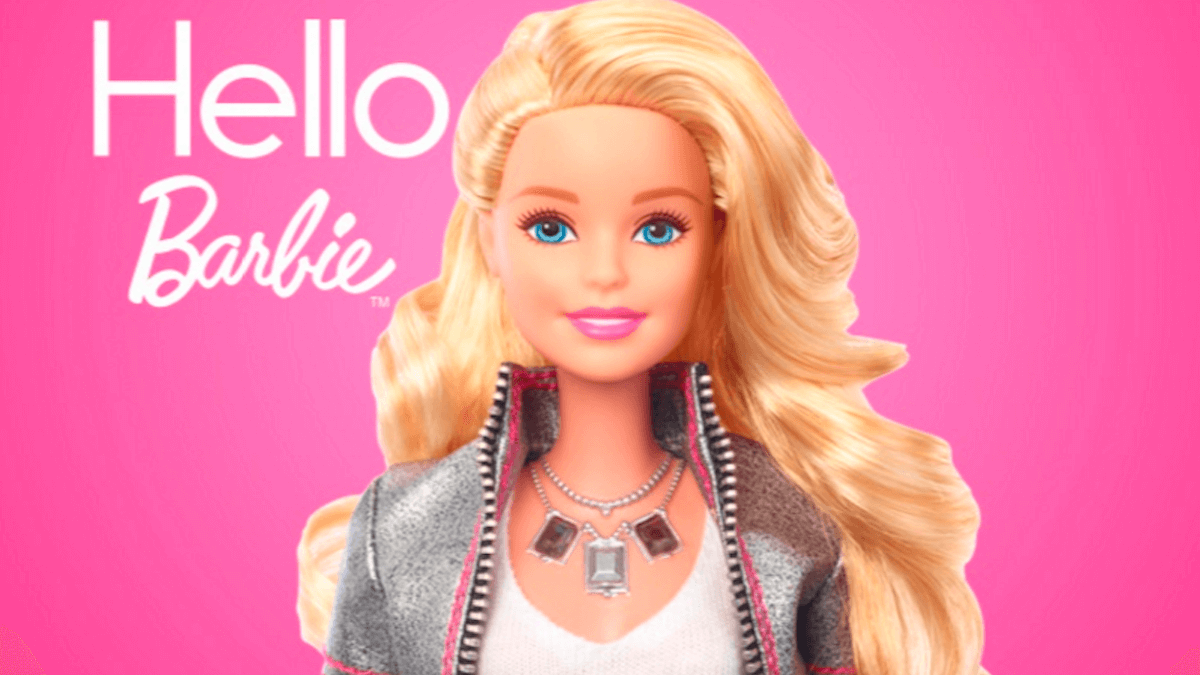
Please visit Marketing Land for the full article.
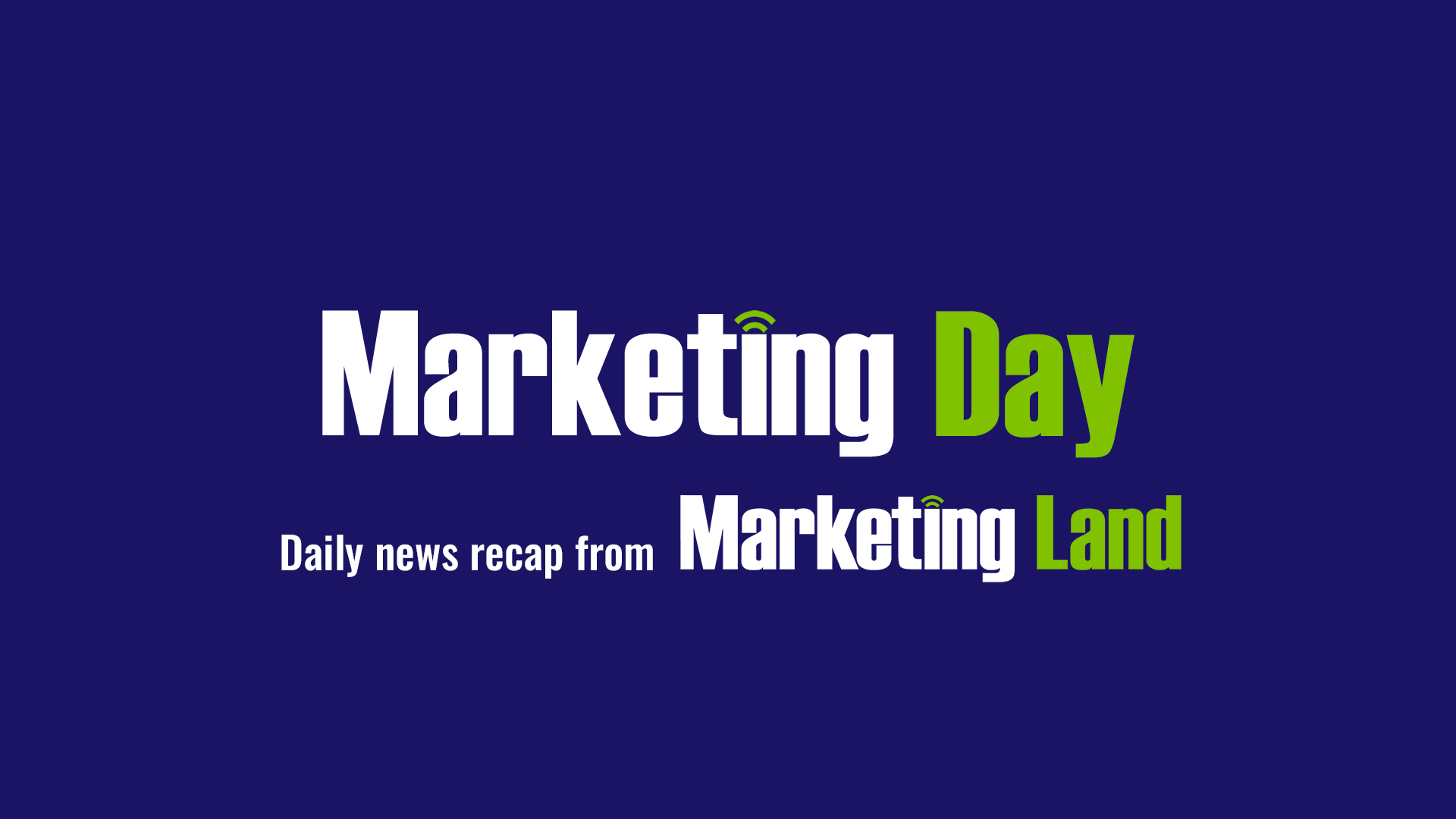
Please visit Marketing Land for the full article.

The post SearchCap: Google Penguin recoveries, voice enabled maps & Landy Awards appeared first on Search Engine Land.
Please visit Search Engine Land for the full article.
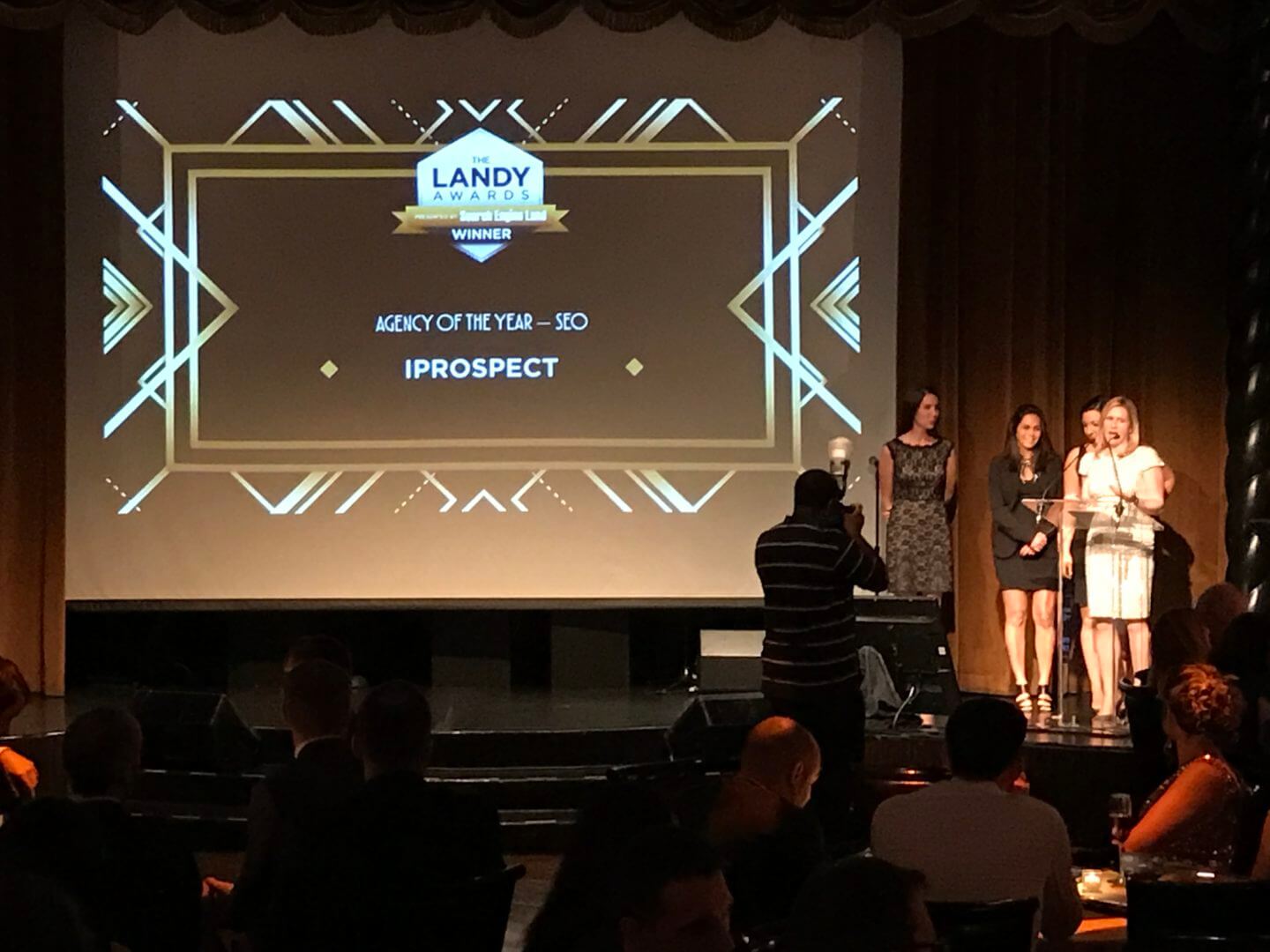
The post iProspect, Razorfish, Wolfgang Digital earn multiple wins at 2016 Landy Awards appeared first on Search Engine Land.
Please visit Search Engine Land for the full article.
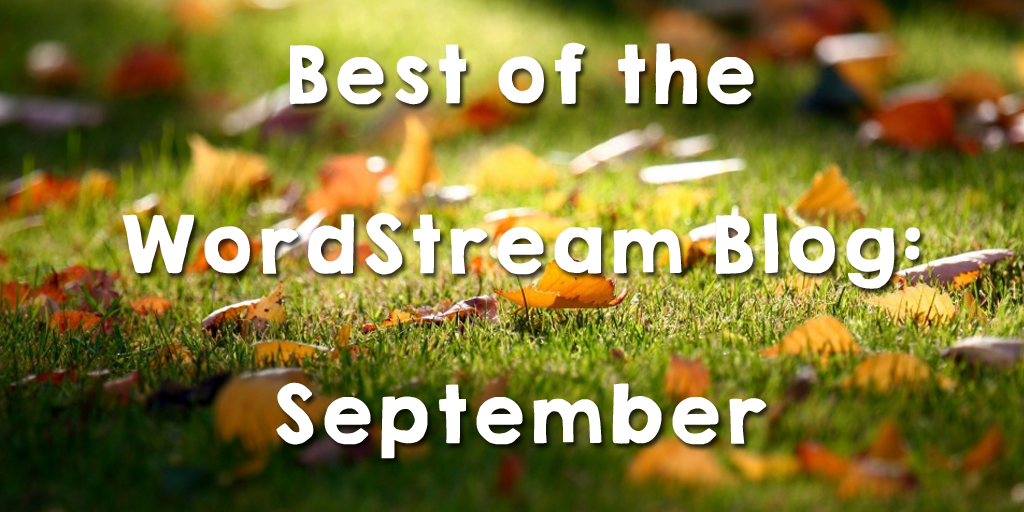
I spent entirely too much time deciding on how to open this post. Should I try to cram a Dune gag about pumpkin spice in there somewhere? A little dated, maybe. How about a poetic observation of autumn’s natural beauty? Probably not. Maybe something about the highly civilized, not-at-all-distasteful U.S. presidential election?
Hell no.

I’m sure I’m not alone in my shock that it’s nearly October already. While September may have flown by in the blink of a proverbial eye, it was a very busy month here at the WordStream blog. Today, for your reading pleasure, we’ll be taking a look at the top stories from September, so kick back, sip your pumpkin spice latte (sorry), and enjoy the most popular posts of the month.
1. NEW in AdWords: Demographic Targeting for Search Campaigns
When Google announced that the kind of demographic targeting options that display advertisers have enjoyed for some time would be coming to search campaigns in AdWords, marketers were understandably excited. Check out everything you need to know about these awesome new targeting options in our most popular post of September, courtesy of Mark Irvine.
2. 5 Insights from Analyzing Half a Billion Dollars in Ad Spend [New Data]
Half a billion dollars is a lot of money. So much, in fact, that you could buy New York City’s most expensive condo – a four-floor, 11,000 square-foot quadruplex at 220 Central Park South worth $250 million – twice.

Half a billion dollars is also how much advertising spend WordStream has analyzed with its AdWords Performance Grader (which recently celebrated its 1 millionth report!), so Larry Kim dove deep into the data to find out exactly what that ad spend could tell us.
Packed with original data, visuals, and research, this is essential reading for AdWords advertisers.
3. 10 Dos and Don’ts for Sitelink Extensions
In Erin’s words, sitelink extensions are “the king of all AdWords extensions.” They’re so powerful, that in Google’s estimation, they can lift click-through rates by as much as 10-20% – and even as much as 50% on branded searches.
However, as powerful and versatile as sitelink extensions can be, there are several things that you, the advertiser, have to do in order to see that kind of improvement. Find out exactly what you should – and shouldn’t – be doing with sitelink extensions in this post by Erin.
4. The Complete, Digestible Guide to AdWords Budgets
AdWords budgeting certainly isn’t the sexiest topic in PPC, but it’s among the most important. The more effectively you plan and execute upon your AdWords budget, the greater the potential return. However, knowing precisely where and how to get started with AdWords budgeting can be intimidating.

Fear not, loyal reader, as Allen Finn has got your back. In this comprehensive but accessible guide, Allen walks you through everything you need to know about how to plan and maintain a solid AdWords budget.
5. 5 Big New Social Media Marketing Trends
Keeping up with what’s going on in social media can be a full-time job, and even experienced digital marketers often find themselves overwhelmed trying to keep up. This can result in missed opportunities to engage with your audiences in new ways, and in our fifth-most popular post of September, Margot examines five of the latest and hottest trends in social media.
6. 7 Things I Still Hate About LinkedIn Ads
We all had a good giggle when, shortly after writing about how much he hated LinkedIn Ads more than a year ago, Larry received an invitation to visit LinkedIn to chat. Despite suspecting the ominous undertones of the invitation (not really), Larry did indeed visit LinkedIn to talk about the social network’s ad platform.

Unfortunately, Larry still doesn’t like LinkedIn Ads. In this follow-up post, Larry explains exactly what he thinks about the service and highlights the persistent shortcomings of LinkedIn Ads as an ad platform – shortcomings that could be transformed into lucrative opportunities if they were implemented.
Presumably Larry will be heading off to beautiful Mountain View, California, again at some point in the near future.
7. 7 PPC Trends to Stay Ahead of the Curve in 2016 & Beyond
It’s never too soon to start thinking about how the (frequent, constant, overwhelming) changes in PPC could affect your campaigns, especially as we move into fall. In this guest post, Nancy Kapoor explores seven PPC trends you should be aware of to keep up with the competition for the rest of this year and into 2017.
8. Bing Expanded Text Ads: 5 Things You Need to Know
As many PPC experts predicted, Bing Ads announced that Expanded Text Ads would be coming to Bing in the coming months. While this is great news for Bing Ads advertisers, it’s also an opportunity to get started on the right foot and use Expanded Text Ads in Bing correctly.
In this post, Erin highlights five crucial elements of Bing Ads’ ETAs, and how their introduction could affect your campaigns.
9. AdWords Extends Timeline for Transition to Expanded Text Ads
By now, it’s clear that Expanded Text Ads are among the most powerful tools at advertisers’ disposal to dramatically lift click-through rates and improve the performance of their ads. That said, many advertisers are confused about what the transition to this exciting new ad format could mean for existing campaigns. To put your mind at ease, Mark explains exactly what the extension of the transition to ETAs in AdWords means for you, as well as what you can expect during the rollout.
10. Mobile Advertising Statistics & Trends [Infographic]
Did you know that clicks from mobile devices account for more than half of all ad clicks? In our final post of this month’s round-up, Mary offers up a fascinating infographic about the current state of mobile advertising, packed with juicy stats and figures that prove – in case you hadn’t heard by now – mobile is the way forward in PPC.

The post Prepping SEO for 2017: it’s all about…
Please visit Search Engine Land for the full article.

The post The myth of the duplicate content penalty appeared first on Search Engine Land.
Please visit Search Engine Land for the full article.